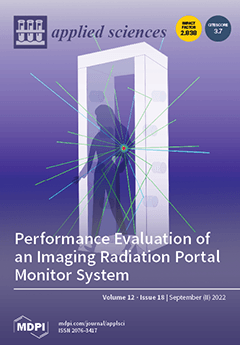The use of energy efficient structures in the local construction industry assists in promoting green building concepts, leading to economical and eco-friendly solutions for self-sustained structures. The main aim of this study was to examine and compare the energy performance of various local
[...] Read more.
The use of energy efficient structures in the local construction industry assists in promoting green building concepts, leading to economical and eco-friendly solutions for self-sustained structures. The main aim of this study was to examine and compare the energy performance of various local buildings. Detailed 3D building models (house, office, and warehouse buildings) were constructed and investigated for their cost and energy savings using building energy simulation tools (green building studio and insight). Moreover, the effects of various building materials for walls, window panels, and roof construction were explored, and a life-cycle cost analysis was performed. It was observed that the effect of the window-to-wall ratio was less severe in term of energy use in office buildings compared to normal houses due to the larger amount of space available for air circulation. Furthermore, the most efficient location for windows was found to be at the middle of the wall in comparison with the top and bottom positions. The effect of the orientation mainly depended on the symmetry of the building. More symmetric buildings, i.e., tested warehouse buildings (rectangular structure), showed an energy use difference of around 7 MJ/m
2/year for a 360° orientation change. Tested house buildings exhibited an energy use difference of up to 25 MJ/m
2/year. Three-pane glass windows also showed major improvements, and the total energy consumption for houses was reduced to 14%. Furthermore, wood walls showed comparable energy performance with brick walls without the use of insulation. According to US-LEED guidelines, the tested house, office, and warehouse buildings achieved 79, 89, and 88 points, respectively. The cost recovery period for house, office, and warehouse buildings was estimated to 54, 13, and 14 years, respectively, including running and maintenance costs. It can be argued that the Insight and Green Building Studio packages can assist construction stakeholders to determine the energy efficiency of the modeled building as well as to help in the selection of materials for optimized and improved design.
Full article





